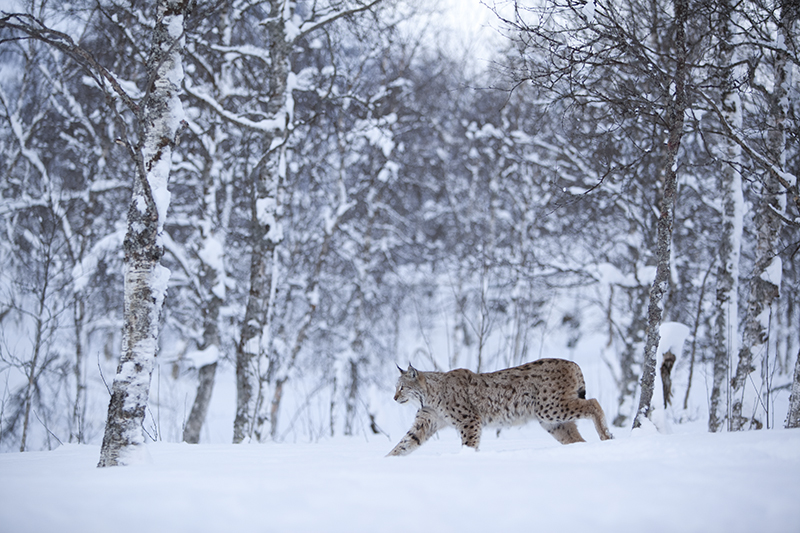Now don’t get me wrong, most Americans I’ve met are generally very nice people. The trouble with America is that it’s full of Americanisms. That’s ‘isms’. Yes I know the bit about ‘when in Rome’ but some things just drive me nuts. Billboards! How much information can you actually absorb at 50mph? Cars that consider you incapable of making even the most basic decisions (like closing the boot without intervention from a too-clever-for-its-own-good automated system); carbohydrate-laden meals that could feed a country for a week; a gratuity system that defies all logic and that’s before we get stuck into the right to bear arms, and as was demonstrated recently, the propensity to discharge them. I could go on (and on) but my soapbox is giving way (primarily as a result of afore-mentioned carbohydrate overload). Suffice it to say that despite a common language, America and some of its ‘isms’ are hard for me to fathom (to be fair it could be as much to do with middle age as anything – mine not America’s).



Despite all of the ‘isms’ there is no doubt that America is a land of superlatives. It’s unique, as are its inhabitants – human and non-human alike. Moreover, despite the usual cultural and political divides that preside over any public asset, the US National Park system is one of America’s better ideas and none more so than Yellowstone. The thing with Yellowstone is its story. It’s one of historical foresight, pioneering thinking, a few ill-informed predator management decisions along the way and more recently, ecological restoration; that’s not to mention the geological processes that continue to drive and change the Yellowstone narrative. This place has it all. Outside of winter it also has lots of visitors and so it was we set off in January.

 ‘We’ in this case was two groups of hardy (and not so hardy – you know who you are!) tour guests. As ever the Northshots formula of serious photography and not-so serious downtime prevailed and seemingly, a good time was had by all (no doubt our feedback forms will reveal if I’ve read this incorrectly).
‘We’ in this case was two groups of hardy (and not so hardy – you know who you are!) tour guests. As ever the Northshots formula of serious photography and not-so serious downtime prevailed and seemingly, a good time was had by all (no doubt our feedback forms will reveal if I’ve read this incorrectly).
The northern part of Yellowstone is driveable in winter and is usually a safe bet for wolf sightings. Alas, this year it was not to be and both groups returned home wolfless. Photographic opportunities of this top predator are rare indeed but just a glimpse is enough to set the pulse racing. Wolves aside, we were treated to some wonderful photo opportunities. Bison, red fox, elk and moose all paid dividends, as did the surreal landscape cloaked in a mantel of white.


Lugging one’s carbohydrate-laden body around this mountain landscape is hard work – the air at 7,000ft. deprives you of oxygen – so its fortunate that most photo-opportunities are close to the road making Yellowstone and Grand Tetons National Parks almost perfect photographic locations.


The story of Yellowstone in many ways mirrors the story of America itself and its many ‘isms’ are as apparent here as they are in the heart of New York. Much of what is great about America manifests in the northern Rockies, as do many of the country’s challenges. Differing ecological, cultural and economic perspectives drive debate over land use priorities in this area as they do elsewhere – in this respect Yellowstone is no different to the Scottish Highlands. The uniqueness of Yellowstone however, is that in recent decades, it has become a living laboratory. Ecologists and scientists from all over the world peer in on what many describe as the last remaining fully intact temperate ecosystem in the northern hemisphere. To that end what happens in Yellowstone is important to all of us interested in nature elsewhere. Already, ecological thinking about predator-prey relationships, founded in the Rockies, is emerging in Europe. We’re all part of a story in the making and it was a privilege for me, after an absence of several years, to spend some time with the story’s author despite the ‘isms’.


My thanks as ever to co-guide, top photographer (although I’d never say this to his face) and best buddie Mark Hamblin and to our 20 intrepid guests, most of who will now be on a diet (or at least should be!)
Regular blog readers might remember two postings from Svalbard guest John Cumberland. Well John is blogging again so keep an eye out for his Yellowstone musings in the next week or so.
Our tour for 2014 is already full but if you’d like to be infected by Yellowstoneism in 2015, do drop us a line to register your interest.























